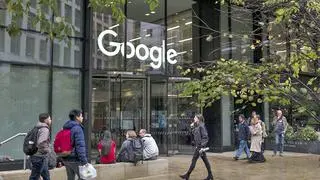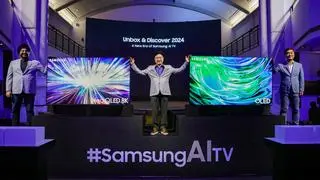The 5G consumer market could be worth $31 trillion by 2030 globally, according to the new Harnessing the 5G Consumer Potential report from Ericsson ConsumerLab.
The report estimates that communications service providers (CSPs) could earn $3.7 trillion of that total — a figure that could increase further as new adjacent digital services opportunities arise.
The CSPs could generate up to $131 billion by 2030 from digital service revenues alone, by proactively bundling and marketing 5G use cases. About 40 per cent of these revenue projections are attributed to consumer spending on enhanced video, augmented reality (AR), virtual reality (VR) and cloud gaming over 5G networks.
AR is likely to drive more than half of all consumer spending on immersive media by 2030 — starting with gaming and extending to other areas like shopping, education and remote collaboration, it said.
In early 2019, the average consumer was willing to pay a 20 per cent premium for 5G. As 2020 draws to an end, that figure has dropped to 10 per cent. However, one in three early adopters globally are still willing to pay a 20 per cent premium. Such high levels of early adopter take-up could help drive economic recovery, it said.
ALSO READ: Consumers will be first adopters of 5G in India: Ericsson
Consumer adoption
The report also projects that by proactively driving 5G consumer adoption, CSPs could gain 34 per cent higher 5G average revenue per user (ARPU) by 2030. This could boost consumer revenues at a compound annual growth rate (CAGR) of 2.7 per cent compared to flat revenue growth of 0.03 per cent by taking a passive approach across the decade.
“Through our research, we have highlighted the role of use case development, tariff innovation, quality 5G coverage and ecosystem partnerships to unlock the true potential of this market. It is clear that 5G will drive enormous opportunities for CSPs in the consumer business over the decade. As this journey is already underway, those CSPs that quickly and proactively evolve their consumer propositions are likely to be bigger winners,” Jasmeet Singh Sethi, Head of ConsumerLab, Ericsson Research, said.
The report also highlights the enabling role technologies such as edge computing and network slicing will play in helping service providers to secure 5G-enabled consumer revenue. This could come from core digital services like cloud gaming and augmented reality applications, or adjacent digital services, such as in-car connectivity and associated safety features.
ALSO READ: Telecom firms make distress call, seek govt help for 5G rollout








Comments
Comments have to be in English, and in full sentences. They cannot be abusive or personal. Please abide by our community guidelines for posting your comments.
We have migrated to a new commenting platform. If you are already a registered user of TheHindu Businessline and logged in, you may continue to engage with our articles. If you do not have an account please register and login to post comments. Users can access their older comments by logging into their accounts on Vuukle.